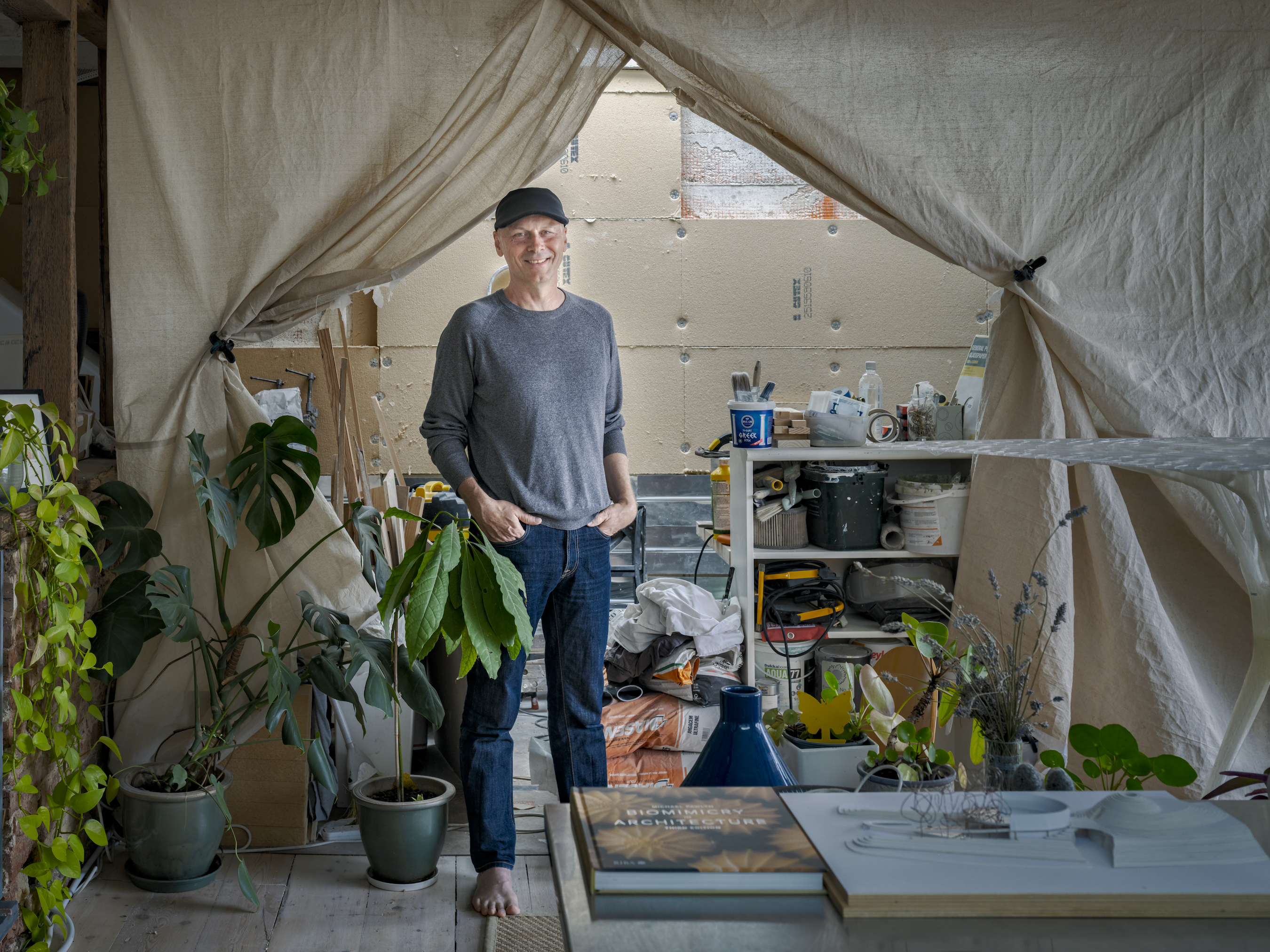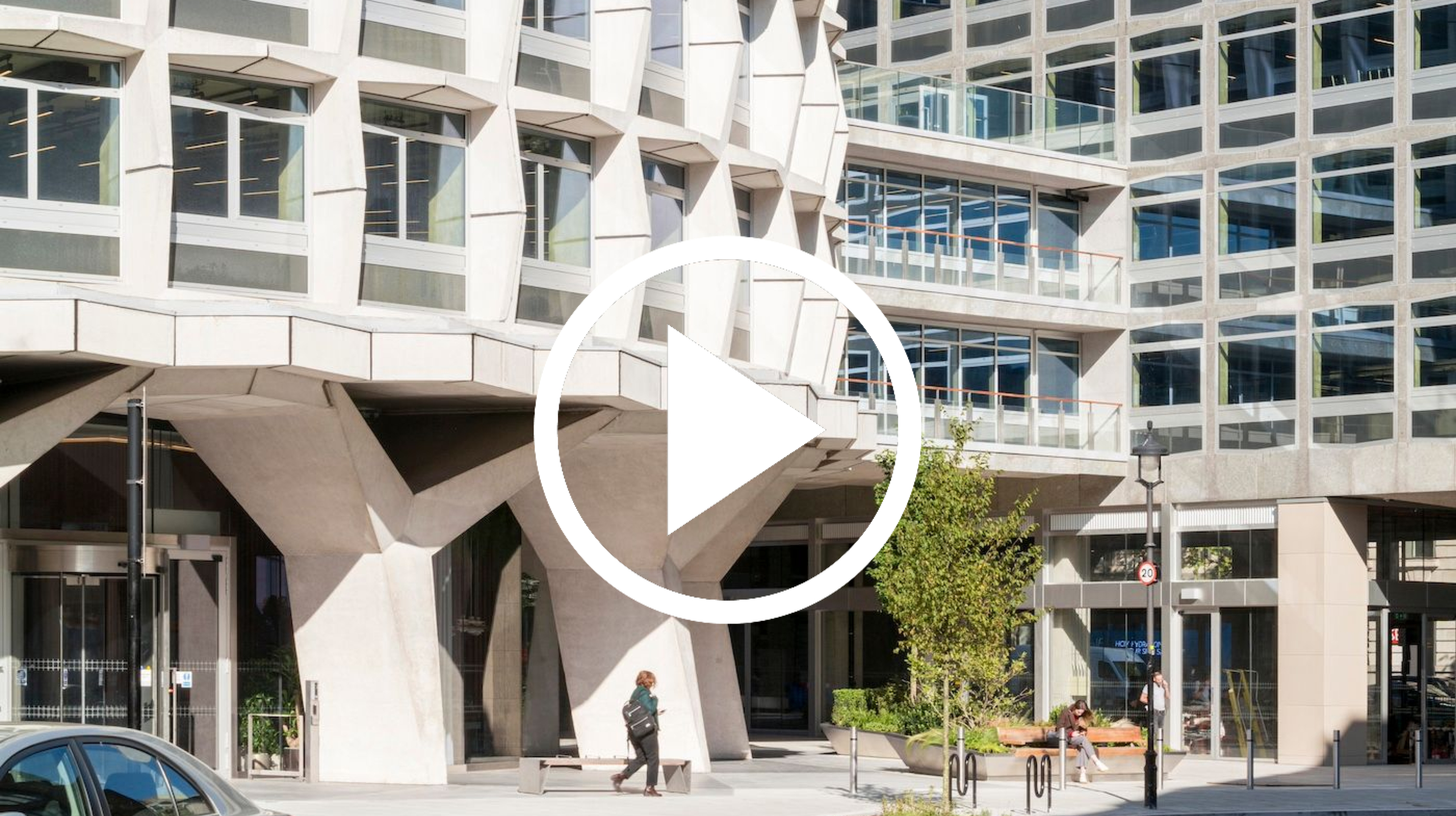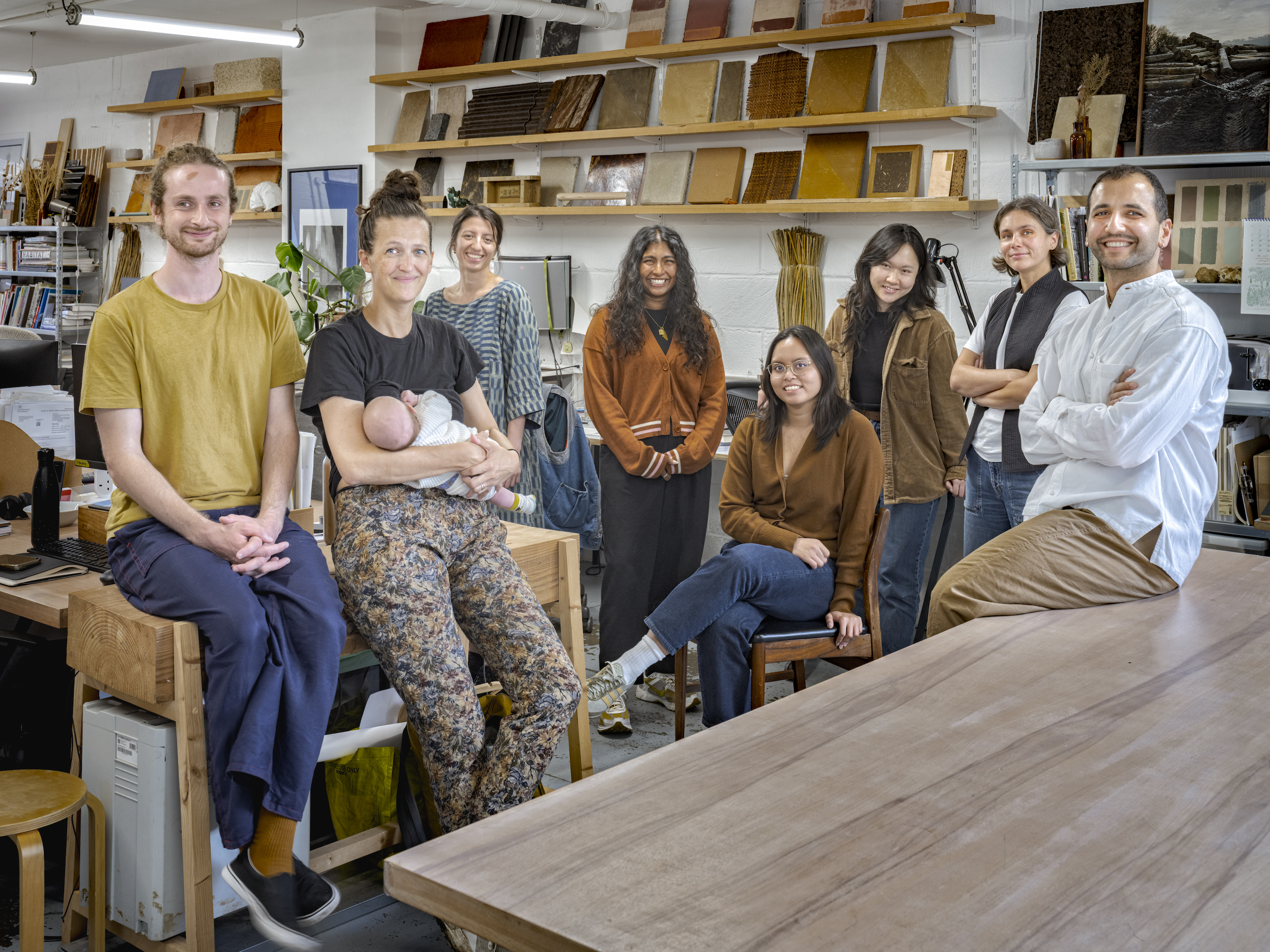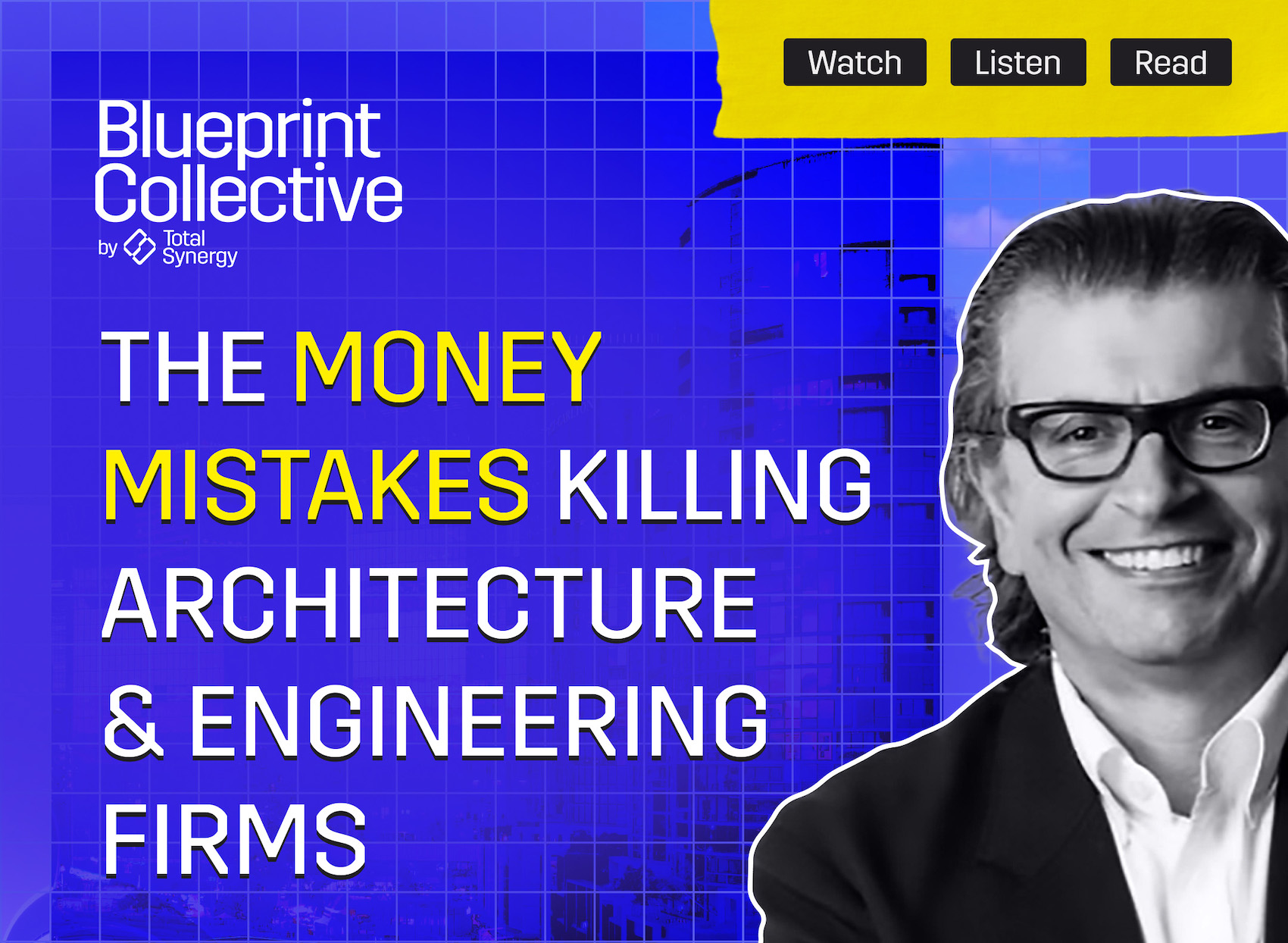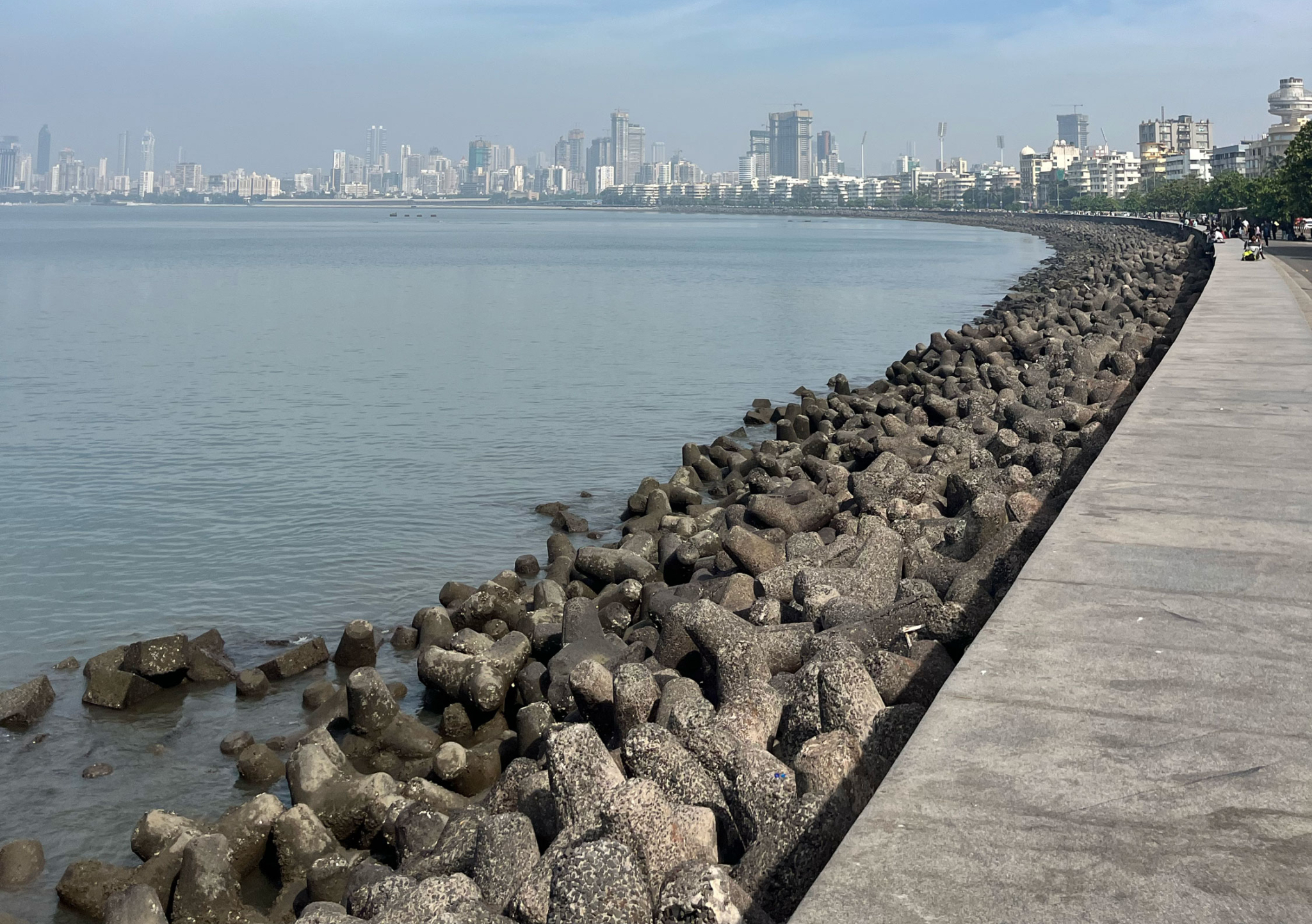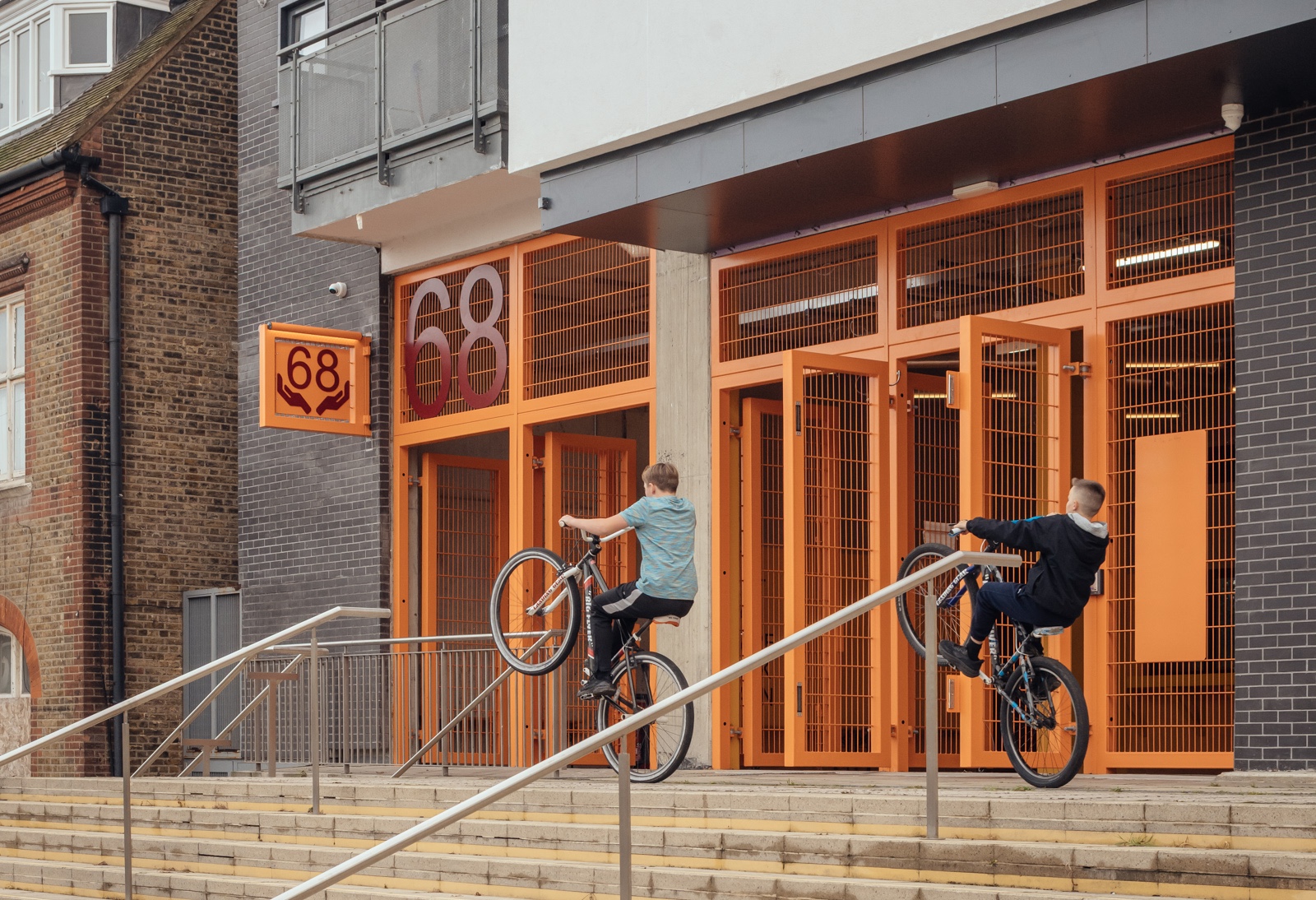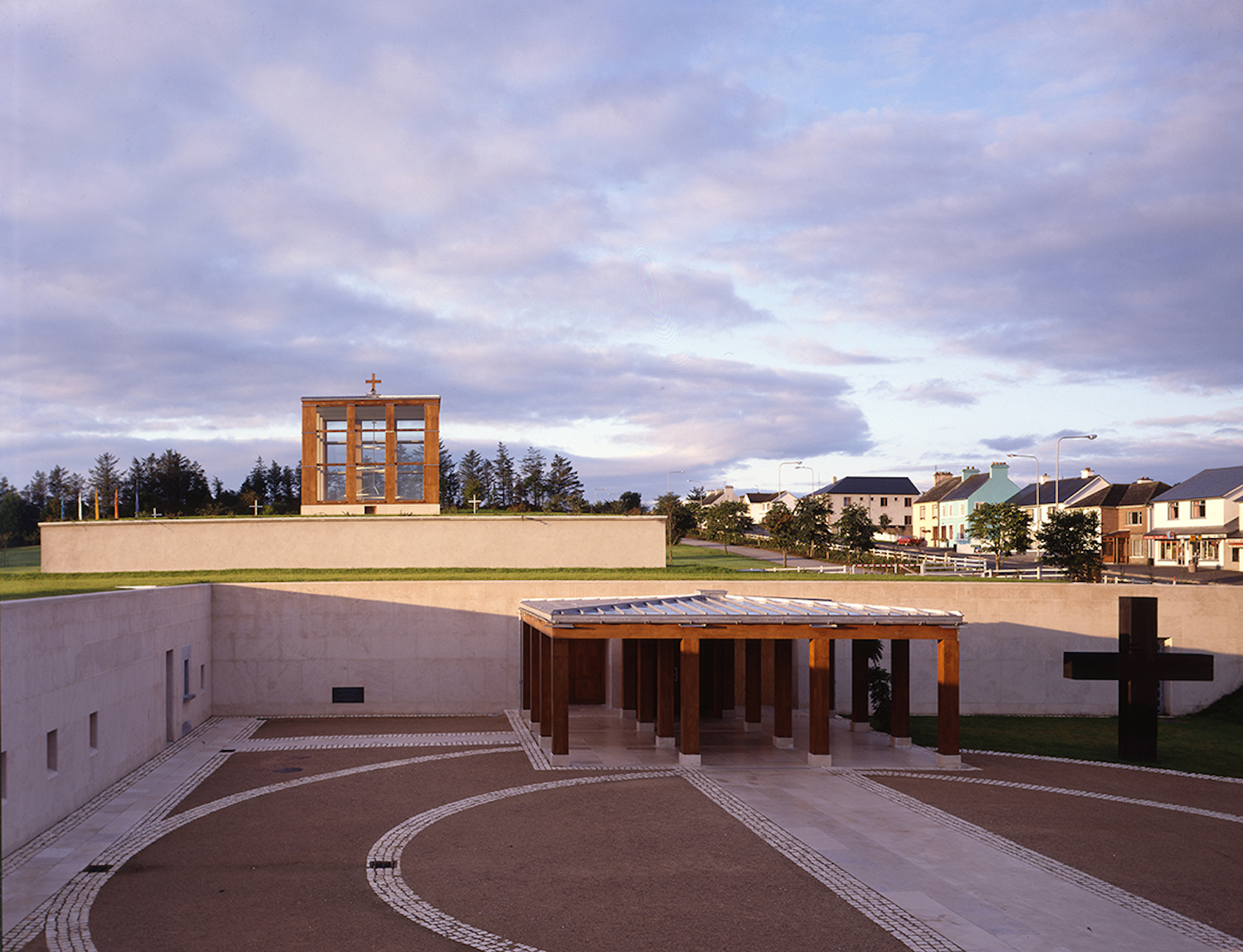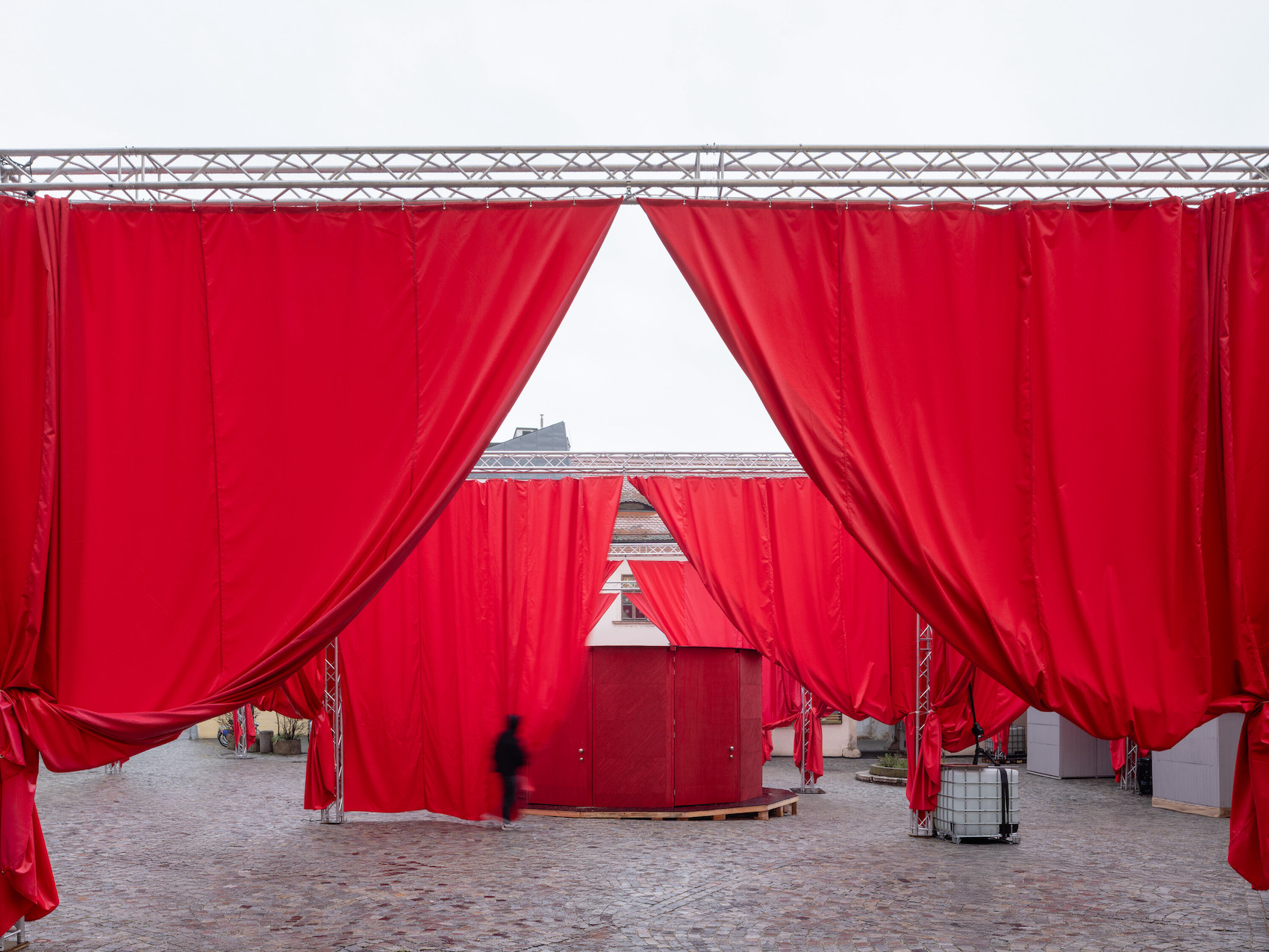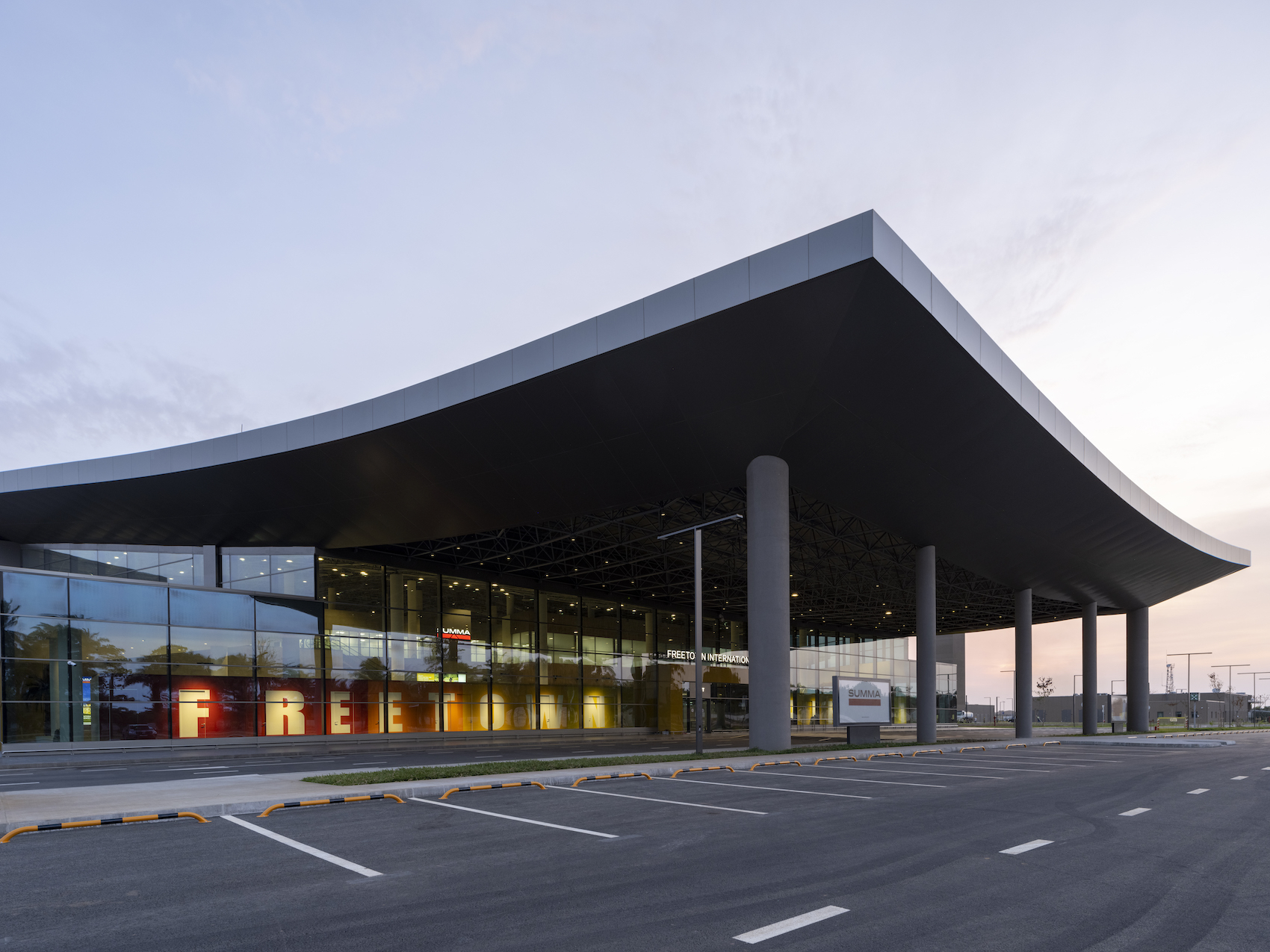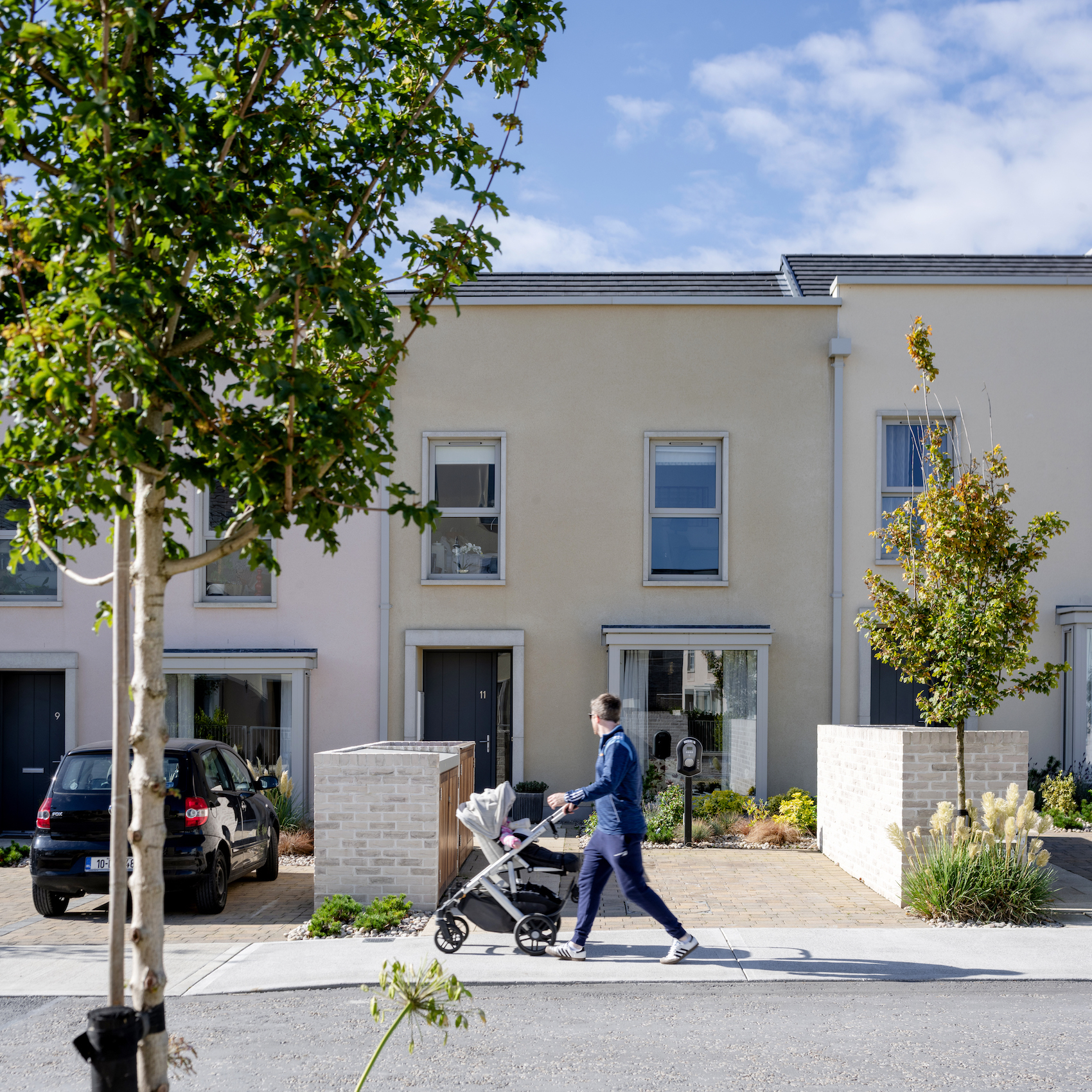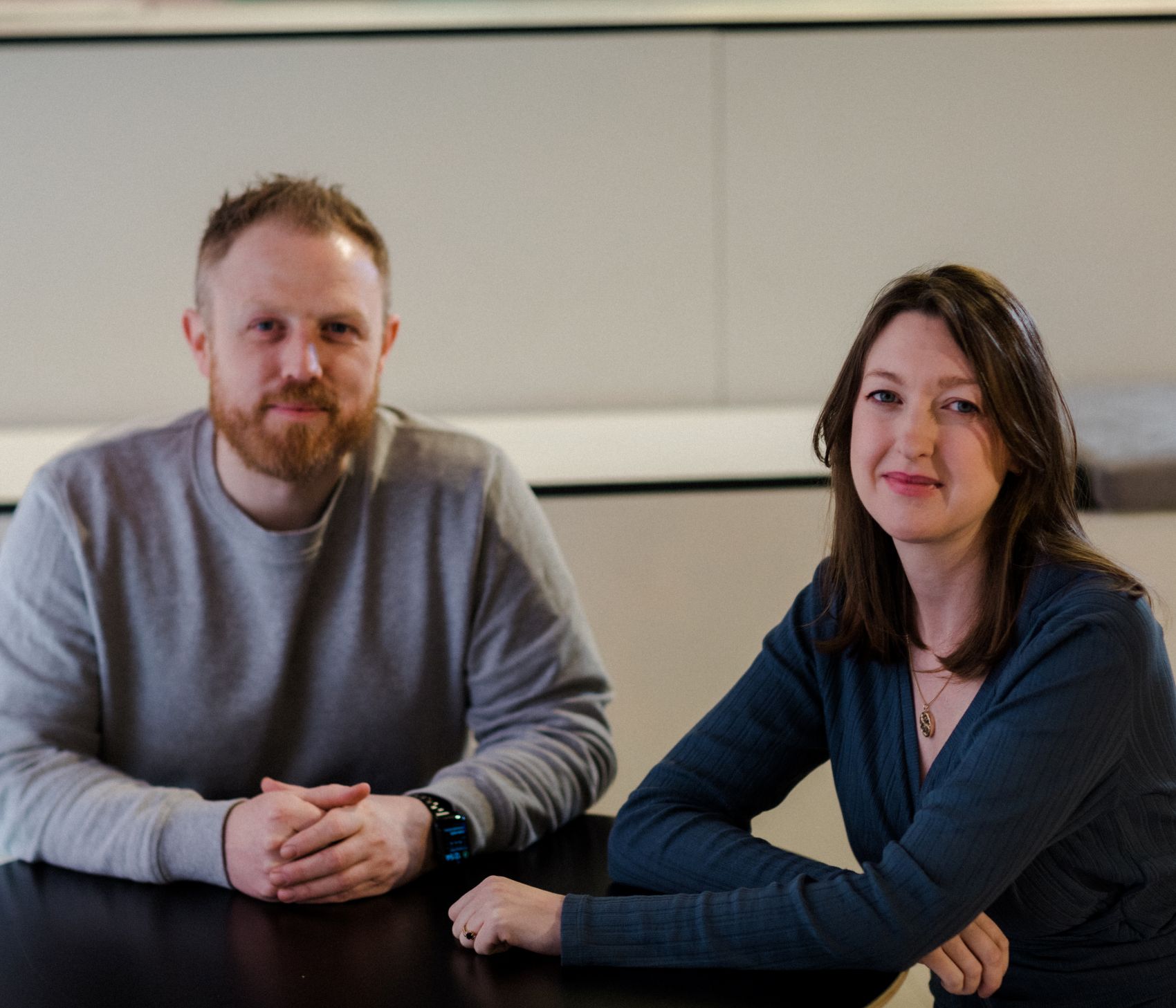Exploration Architecture’s founder Michael Pawlyn talks about biologically-inspired design approaches, moving beyond PassivHaus to an ideal of ActiveHaus and discussing company policy while making hedgerow jam.
Michael Pawlyn, founder of Exploration Architecture, is photographed at his studio in Highgate, North London.
I’m increasingly in agreement with the environmental lawyer Gus Speth who said “I used to think that the top environmental problems were biodiversity loss, ecosystem collapse and climate change. I thought that thirty years of good science could address these problems. I was wrong. We need a cultural and spiritual transformation. And we scientists don’t know how to do that.” Having stepped back from the Steering Group of Architects Declare after five years, I am now actively involved in Brian Eno’s Hard Art Collective which is engaged with culture-led transformation and I see regenerative architecture as an important part of this.
The ultimate aim of regenerative design should be to overcome our separation from nature and reach a point where we are co-evolving as nature. In ‘Biomimicry in Architecture’ I set out to describe what it means to design as nature. It’s not an aesthetic – it is a way to integrate everything we do as humans into the web of life. Biologically- inspired design approaches have been the founding basis of our practice since the start.
We follow the principle that “if life serves you lemons, make some flipping lemonade.” Many clients are interested in our ideas but unwilling to engage us as architects. So we adapted our business model to focus on public speaking and training. The practice now receives 30% of its income from delivering workshops and giving keynotes at a wide variety of business events – making the case for how all businesses need to rise to the challenge of the planetary emergency.
We are exploring the possibilities of going beyond PassivHaus to an ideal of ActiveHaus. One big difference between construction by humans and the rest of nature is that our buildings tend to be static whereas other species adapt to changing conditions and have evolved to thrive in extreme conditions. These biological adaptations represent a vast body of solutions that we can draw from to design architecture that is better attuned to place and future changes in climate, while using far less energy.
Due to diary challenges and the abundance of wild fruit in late August we had a ‘solstinox’ gathering (yes, that’s another of our great contributions to regenerative culture!). We conducted staff appraisals while walking (a much better dynamic than sitting opposite each other in a meeting room) and foraging. We discussed ideas, future plans and company policy while making hedgerow jam together.
Michael Pawlyn
Exploration Architecture
NW5 1PD
Reinventing practice features participants in the Regenerative Architecture Index.


